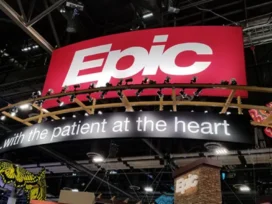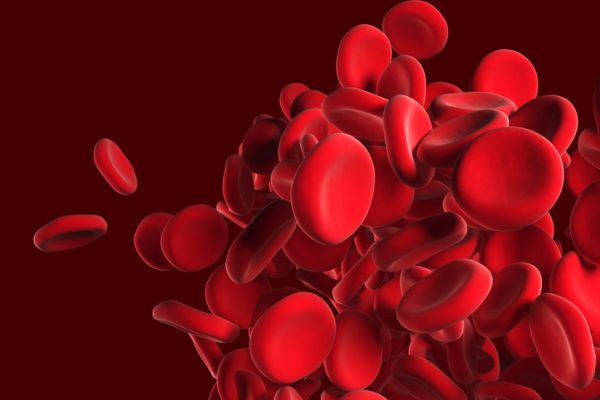Geographic atrophy, an eye disorder that starts as a loss of central vision and progressively worsens to total blindness, now has its first treatment. The FDA on Friday approved an Apellis Pharmaceuticals drug that slows the progression of this disease, which affects more than 1 million people in the U.S.
Approval of the Apellis drug, pegcetacoplan, covers all patients with geographic atrophy, a broad label that reflects the representative patient population tested in pivotal studies, Chief Medical Officer Caroline Baumal said during a Friday evening conference call. The Waltham, Massachusetts-based company plans to launch the drug in March, marketing the product under…
Continue Reading














